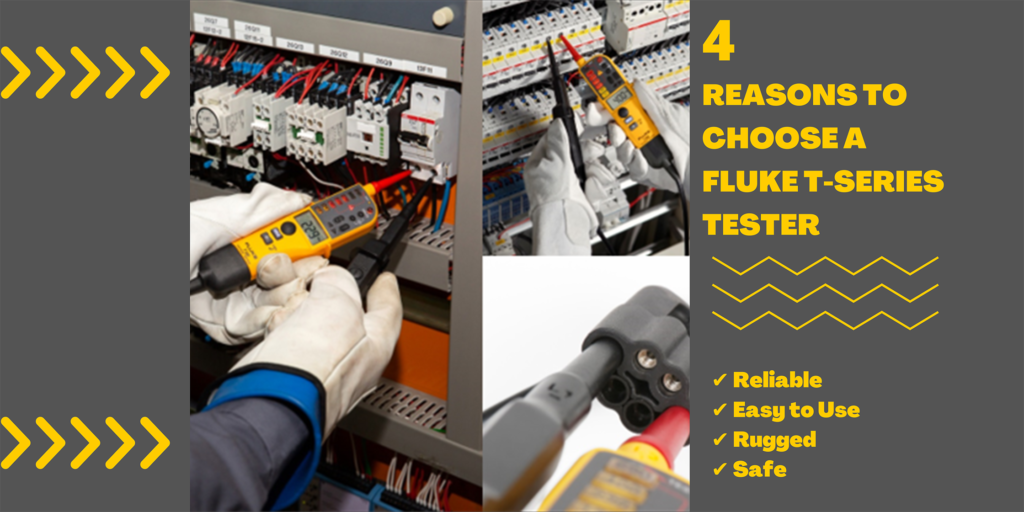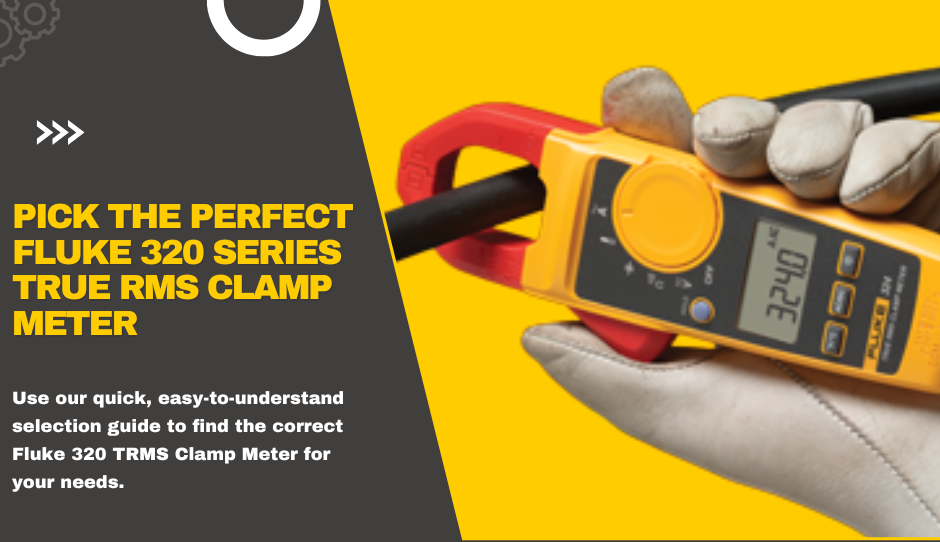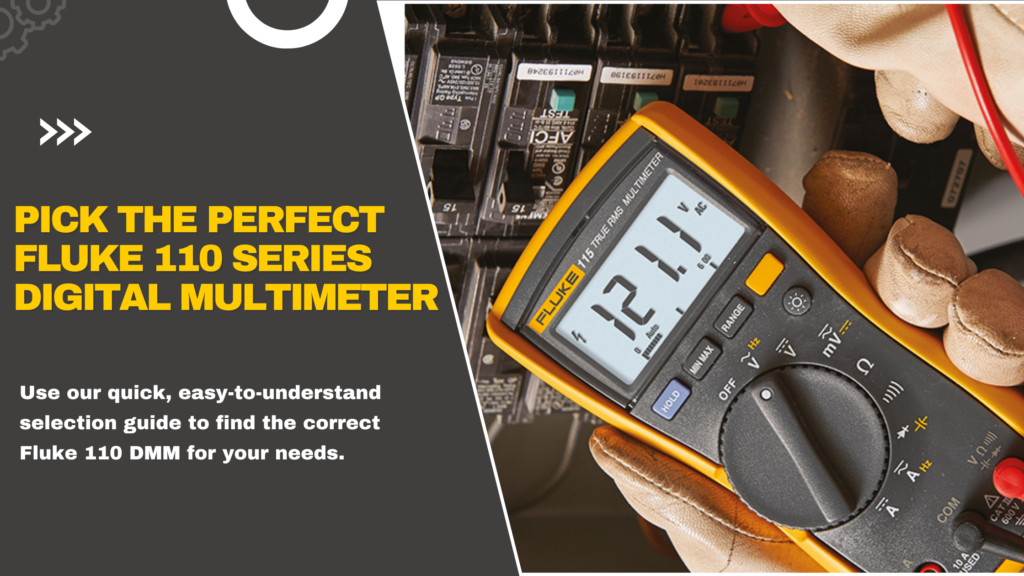https://www.youtube.com/playlist?list=PL_axtdLbogPM3JHq5LPeZ7lnvoMrusUCc
PASS Presents...
Electrical contractors! As institutions, organisations, and businesses continue to focus on minimising energy bills and meeting net zero targets, many more will require energy surveys. However, to capitalise on this lucrative opportunity and futureproof your business you need a reliable tool that will accurately capture data…presenting the Chauvin Arnoux PEL104 Power & Energy Logger. Precise, portable, and practical, this voltage and current logger can be left in place to gather relevant data from which you can easily derive electrical parameters such as power, power factor, harmonics, energy, and even tonnes of CO2 and, subsequently, carbon footprint. Available as part of a Contractor Kit, discover everything you need to know about this power & energy logger in our new PASS Presents series of mini-interviews. Check out the playlist above; via our YouTube channel, @PASSLTD-tester; or on the PEL104 information page.
Continue reading → Continue reading →
Electrician
-
PASS Presents Saving Money with a Chauvin Arnoux PEL
https://youtu.be/JbxiNmtBf6A;t=538s PASS Presents... Energy efficiency isn’t just an issue for the winter. To optimise your energy use, whilst minimising emissions and costs, you must monitor power consumption throughout the year. In episode nine of PASS Presents, Chauvin Arnoux’s (former) Head of Commercial Operations, Kevin Smith, explains how Power and Energy Loggers (PEL) offer a simple, convenient method of doing just that. To find out how a Chauvin Arnoux PEL can help you drastically reduce your energy bills and emissions without compromising the capability of your circuit, watch the interview above; via our YouTube channel, @PASSLTD-tester; or on the PEL 51, PEL 104, and PEL 106 information pages. Learn all you need to know in under twenty minutes! Continue reading → Continue reading → -
5 Reasons You Need a Fluke Laser Level
 Laser levels are integral to most electrical and HVAC installation and retrofitting applications. That’s why Fluke has developed a line of professional-grade laser levels and point-to-point tools specifically for electricians and HVAC engineers. Incorporating Fluke’s trademark precision, resilience, and reliability, these laser levels are perfect for professionals looking to improve their efficiency and accuracy. If you still need convincing, below are five reasons you need a Fluke laser level.[1]
Continue reading →
Laser levels are integral to most electrical and HVAC installation and retrofitting applications. That’s why Fluke has developed a line of professional-grade laser levels and point-to-point tools specifically for electricians and HVAC engineers. Incorporating Fluke’s trademark precision, resilience, and reliability, these laser levels are perfect for professionals looking to improve their efficiency and accuracy. If you still need convincing, below are five reasons you need a Fluke laser level.[1]
Continue reading → -
Top 10 Things Electricians Wish You Wouldn’t Do
 A recent survey of electricians revealed the ten most common and dangerous electrical mistakes made in British homes. Hundreds of UK electricians were questioned about which electrical errors they encountered most often and were then asked to rank these mistakes in the order of severity. The investigation comes in the wake of findings that 49% of Brits have interfered with their home’s electrics. We have summarised the results of the report, initially published in ECN magazine, below.[1]
Continue reading →
A recent survey of electricians revealed the ten most common and dangerous electrical mistakes made in British homes. Hundreds of UK electricians were questioned about which electrical errors they encountered most often and were then asked to rank these mistakes in the order of severity. The investigation comes in the wake of findings that 49% of Brits have interfered with their home’s electrics. We have summarised the results of the report, initially published in ECN magazine, below.[1]
Continue reading → -
Choosing the Right Fluke 1660 Series Multifunction Tester
 Reliable, easy-to-operate, and with an eclectic selection of testing capabilities, for years Fluke’s 1660 Series of Multifunction Testers have been popular with electricians. However, it can be tricky to know which model is right for you and your testing requirements. Thankfully, we’ve partnered with Fluke to bring you a simple yet comprehensive selection guide.
Continue reading →
Reliable, easy-to-operate, and with an eclectic selection of testing capabilities, for years Fluke’s 1660 Series of Multifunction Testers have been popular with electricians. However, it can be tricky to know which model is right for you and your testing requirements. Thankfully, we’ve partnered with Fluke to bring you a simple yet comprehensive selection guide.
Continue reading → -
4 Reasons to Choose a Fluke T-Series Two Pole Voltage & Continuity Tester
 Critical to ensuring safe working practices, experienced, professional electricians know they can rely on Fluke’s T-Series of Two-Pole Voltage & Continuity Testers to deliver reliable voltage and continuity detection and readings (model dependent). Fluke’s T-Series Two Pole Voltage & Continuity Detectors are built with state-of-the-art measurement and safety technology; however, if you’re still on the fence about purchasing one of these indicators, here are four reasons why you should pick a Fluke T-Series Two-Pole Voltage & Continuity Tester.
Continue reading →
Critical to ensuring safe working practices, experienced, professional electricians know they can rely on Fluke’s T-Series of Two-Pole Voltage & Continuity Testers to deliver reliable voltage and continuity detection and readings (model dependent). Fluke’s T-Series Two Pole Voltage & Continuity Detectors are built with state-of-the-art measurement and safety technology; however, if you’re still on the fence about purchasing one of these indicators, here are four reasons why you should pick a Fluke T-Series Two-Pole Voltage & Continuity Tester.
Continue reading → -
Choosing the Right Fluke 320 Series True-RMS Clamp Meter
 Fluke’s 320 Series True-RMS Clamp Meters are the troubleshooting tools of choice for many commercial and residential electricians. They’re robust, ergonomic, and provide noise-free, reliable results allowing you to diagnose problems confidently. However, it can be difficult to know which Fluke 320 model is right for you. Thankfully, we’ve partnered with Fluke to bring you a clear, comprehensive selection guide to help you choose the perfect Fluke 320 Series Clamp Meter quickly and with minimal effort.
Continue reading →
Fluke’s 320 Series True-RMS Clamp Meters are the troubleshooting tools of choice for many commercial and residential electricians. They’re robust, ergonomic, and provide noise-free, reliable results allowing you to diagnose problems confidently. However, it can be difficult to know which Fluke 320 model is right for you. Thankfully, we’ve partnered with Fluke to bring you a clear, comprehensive selection guide to help you choose the perfect Fluke 320 Series Clamp Meter quickly and with minimal effort.
Continue reading → -
Choosing the Right Fluke 110 Series Digital Multimeter
 The enduring popularity of Fluke’s 110 Series True RMS Digital Multimeters means they can be found on many an electrician’s toolbelt. However, with each model in the series optimised for specific applications and/or environments, it can be difficult to know which model is right for you. To help, we’ve partnered with Fluke to bring you the ultimate, easy-to-understand selection guide so you can quickly pick out the 110 Series Digital Multimeter that’s perfect for you.
Continue reading →
The enduring popularity of Fluke’s 110 Series True RMS Digital Multimeters means they can be found on many an electrician’s toolbelt. However, with each model in the series optimised for specific applications and/or environments, it can be difficult to know which model is right for you. To help, we’ve partnered with Fluke to bring you the ultimate, easy-to-understand selection guide so you can quickly pick out the 110 Series Digital Multimeter that’s perfect for you.
Continue reading → -
Why Do Electrical Contractors Need Thermal Cameras?
Thermal imaging cameras have been around for some time. Fluke's, Hikmicro's, and Teledyne FLIR's new and improved collections of cameras cater for all users and all budgets; so now is a great time to review what's new and add one to your toolbox. Continue reading →





